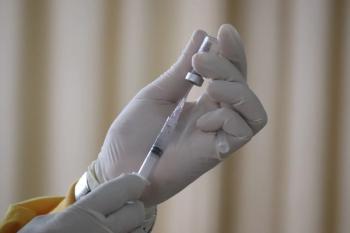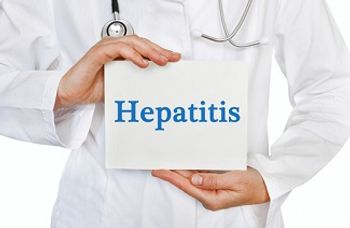
CDC Warns of Increase in Cyclospora cayetanensis Infections in United States
Health care providers are advised to consider a diagnosis of cyclosporiasis in patients with prolonged or remitting-relapsing diarrheal illness.
The Centers for Disease Control and Prevention (CDC) Health Alert Network issued a
Health care providers are advised to “consider a
Cyclosporiasis is a nationally notifiable disease; health care providers should report suspect and confirmed cases of infection to public health authorities.
According to the
Symptoms occur about 7 days (range: 2 days to > 2 weeks) after ingesting the parasite and include:
- Watery diarrhea (can be profuse)*
- Anorexia
- Fatigue
- Weight loss
- Nausea
- Flatulence
- Abdominal cramping
- Myalgia
- Vomiting**
- Low-grade fever**
*most common symptom
**less-common symptoms
Without treatment, an individual may remain ill for several days to a month or longer. A “remitting-relapsing course” may occur.
Treatment for cyclosporiasis is a course of trimethoprim/sulfamethoxazole (TMP/SMX). For those patients who are allergic to TMP/SMX, or who cannot tolerate the treatment, the CDC suggests observation and symptomatic care, as no effective alternate treatments have been identified.
Cyclosporiasis commonly occurs in tropical and subtropical regions; however, infections do occur in the United States. These outbreaks mostly occur during the spring and summer months and have been linked with imported fresh produce in the past, such as, basil, cilantro, mesclun lettuce, raspberries, and snow peas. According to the health advisory on the recent outbreak, “to date, no commercially frozen or canned produce has been implicated.”
A total of 206 cases of cyclosporiasis have been reported to the CDC as of August 2, 2017. This is much higher than the number of cases reported at this time last year (88). The cases reported this year became ill on or after May 1, 2017. Twenty-seven states reported infections and 18 of the 206 cases required hospitalization. Investigations to identify the source are ongoing. It is still too early to tell if they cases across the 27 states are related.
Feature Image Content Provider: CDC/ DPDx - Melanie Moser
Newsletter
Stay ahead of emerging infectious disease threats with expert insights and breaking research. Subscribe now to get updates delivered straight to your inbox.















































































































































































































































































